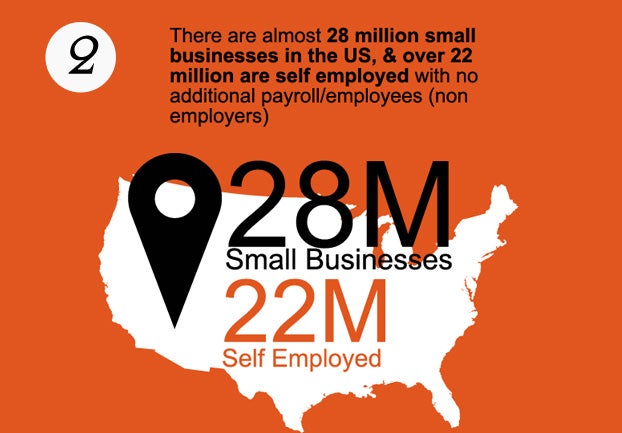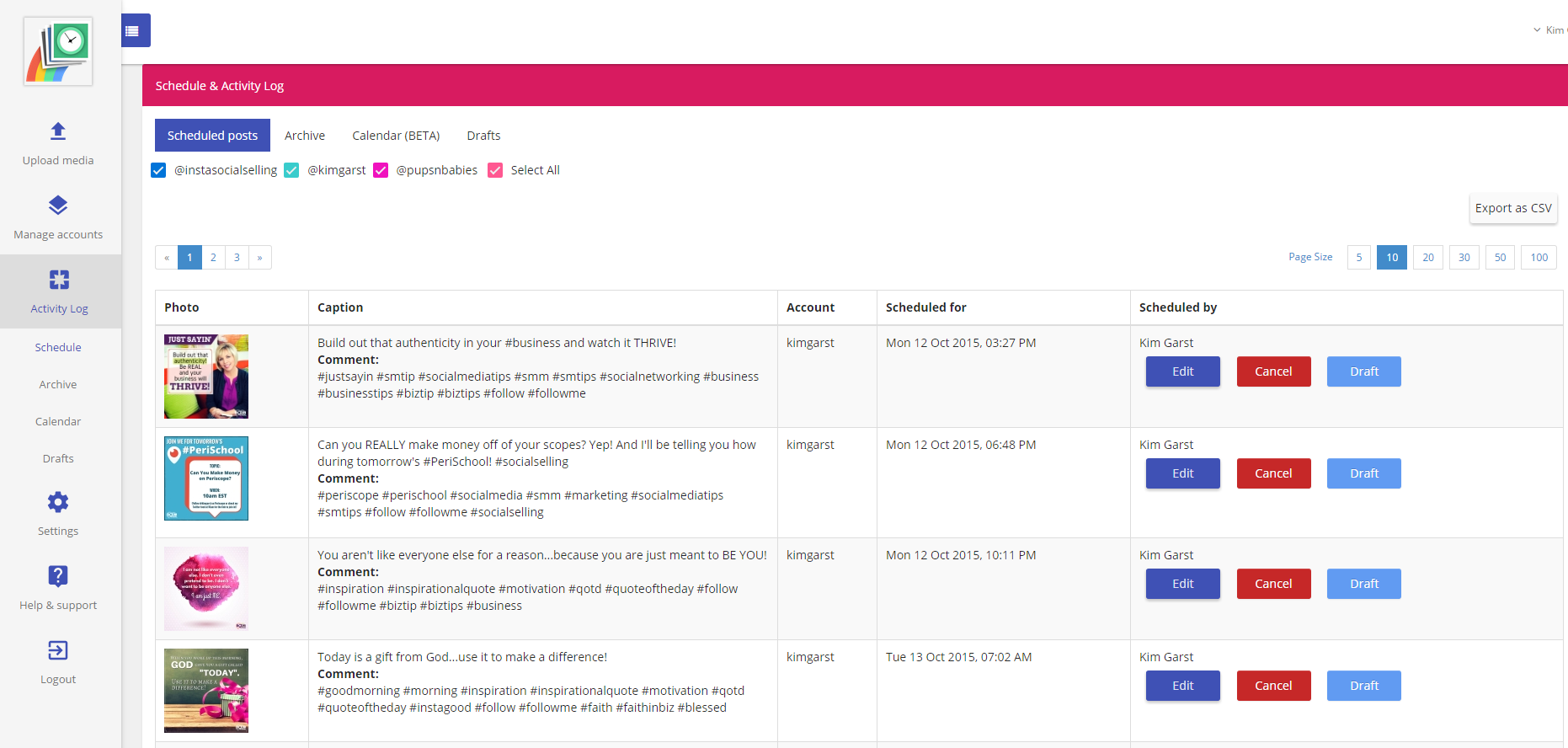Every entrepreneur will make mistakes. Nobody is perfect, and most business owners are constantly sailing in uncharted waters, learning as they go.
While completely avoiding all mistakes is impossible, there are some that I see entrepreneurs make over and over — errors that shouldn’t be as common as they are. In no particular order, here are 10 entrepreneurial land mines to avoid.
1. Being cheap when it comes to marketing.
You might have the best product or service and provide the most value, but if nobody sees it, how do you plan to stay above water and grow? Everyone is “plugged in” these days — a strong online presence is key and you have to be prepared to spend money to make money. Rather than looking for the cheapest SEO and online marketing solution, seek out a marketing partner that can deliver the kind of results that will lead to explosive growth.
Related: The Valuable Lessons These CEOs Learned About Leadership
2. Paying huge salaries from the start.
You should be focused on cutting personal expenses in the beginning and not worrying about drawing a large salary. Many startups receive funding and operate without paying close attention to their burn rates and the next thing they know the funds run dry. Current investors would rather cut their losses and walk away rather than put more money into a failure and very few venture capitalists want to throw money at a sinking ship.
If you’re bootstrapping your business, attempt to live off your savings, or if you need to draw a salary, take the bare minimum needed for survival.
3. Not having a solid monetization plan in place.
A business needs to generate revenue. There are some instances when huge valuations come out in the media, such as Tinder being valued at more than $5 billion after 20 months and not generating a single cent of revenue. For every Tinder, there are tens of thousands of businesses that are failing because they aren’t generating enough revenue to keep their doors open. You have the best chance of surviving if you have a monetization plan in place from day one.
4. Selecting the wrong co-founder(s).
A co-founder relationship is a lot like a marriage. You need to be on the same page and be willing to work through differences and rough times. You wouldn’t meet someone and immediately head to the wedding chapel, right? (Crazy Vegas weekend stories don’t apply.) You need to make sure you and your potential co-founder(s) are on the same page and will be able to stay on the same path, regardless of how bumpy the ride becomes.
5. Trying to do everything yourself and not delegating.
One of the biggest mistakes I made in the beginning was thinking I could do it all. It wasn’t an ego play — it was more of a lack of trust. I didn’t think anyone could do something with the same level of commitment that I could. This caused too much responsibility to pile on my shoulders. Don’t be afraid to fully trust your team members — learn to delegate and let them do the job you hired them for.
6. Not focusing enough on your customers.
You might think you know what your customers want, but you will never be 100 percent certain unless you ask them. Ignoring your customers is the quickest way to lose momentum and stall your growth. Engage with them through online surveys and face-to-face communication. Ask them what they like, what they don’t like and what is one thing they would change if they were in your shoes. Your best feedback will always come directly from the people actually using your product or service.
Related: 4 Harsh Marketing Lessons From 4 Small-Business Owners
7. Not paying for proper legal advice.
I recently had a consultation call with a startup team and we were reviewing their marketing budget. They are self funded, and while they don’t have millions in VC funding, they do have a healthy sum of money to work with. The founder mentioned to me that the company just made some changes to its privacy policy and “saved $400 by matching it up with a similar one” rather than having their attorney review it.
Don’t suddenly become frugal when it comes to legal advice. While the cost might seem like a lot in the beginning, it could potentially save you thousands of dollars and prevent future headaches.
8. Spending money on unnecessary things.
While a nice modern office in the booming part of the city might be appealing, is it really necessary? Someone forwarded me an eBay listing a while back that included a half-dozen vintage arcade machines. They were part of the assets being liquidated that once belonged to a startup.
Allocate your money to areas of your business that will help you grow, ensuring your company will be around in the future. Want to add a ping-pong table to your office? Set a goal to hit and use the ping-pong table as a reward. Reckless spending will sink your ship quickly.
9. Waiting to launch until everything is perfect.
News flash: there is no such thing as perfect. If you spend too much time trying to perfect everything you could miss your window of opportunity. The quicker you launch, the quicker you can get the user and market feedback required to adjust, scale and grow your business. In fact, there have been several software-as-a-service startups that launched before their products were even ready. The companies wanted to gauge interest and see if their target markets were going to sign up at their price points.
10. Being afraid to ask for advice and help.
Never be afraid to ask for help — no matter what type of obstacle is standing in your way. There is a good chance another entrepreneur has faced the same challenge in some capacity. I’ve learned that the entrepreneurial community is a very tight circle, and almost everyone is willing to offer help in the form of advice and suggestions to one another. All you have to do is ask. I’ve improved my business tremendously simply by asking for advice when I needed it from the circle of entrepreneurs that I communicate with on a regular basis.
Related: If You’re Not Course-Correcting, You’re Not Taking Enough Risks





























